India boasts a remarkable collection of UNESCO World Heritage Sites, each recognized for its unique cultural, historical, or natural significance by the United Nations Educational, Scientific and Cultural Organization (UNESCO). With 38 World Heritage Sites scattered across the country, these treasures offer a glimpse into India's rich and diverse heritage.
Out of these 38 sites, we have curated a list of the top 10 World Heritage Sites that stand out for their exceptional beauty, historical importance, and cultural value.
Join us as we embark on a journey to explore the top 10 UNESCO World Heritage Sites in India.
10. Sundarbans Mangrove Forest, West Bengal

The Sundarbans Mangrove Forest, a sprawling delta located in the Bay of Bengal, is the world's largest mangrove forest. This UNESCO World Heritage Site is renowned for its unique ecosystem, which includes a complex network of tidal waterways, mudflats, and small islands covered with salt-tolerant mangrove forests. The Sundarbans is home to a diverse range of wildlife, including the iconic Royal Bengal Tiger, estuarine crocodiles, and the Indian python, making it a crucial habitat for both flora and fauna. This site is not only a testament to the resilience of nature but also a vital resource for the local communities who depend on its resources for their livelihoods.
9. Group of Monuments at Hampi, Karnataka

Hampi, a city of ruins and a UNESCO World Heritage Site, is a treasure trove of history and architecture. Once the capital of the Vijayanagara Empire, Hampi boasts a rich collection of temples, palaces, and market streets. The Virupaksha Temple, Vittala Temple with its musical pillars, and the iconic Stone Chariot are some of the highlights. Hampi's landscape, dotted with boulders, creates a surreal backdrop, making it a photographer's paradise and a haven for history enthusiasts.
8. Khajuraho Group of Monuments, Madhya Pradesh
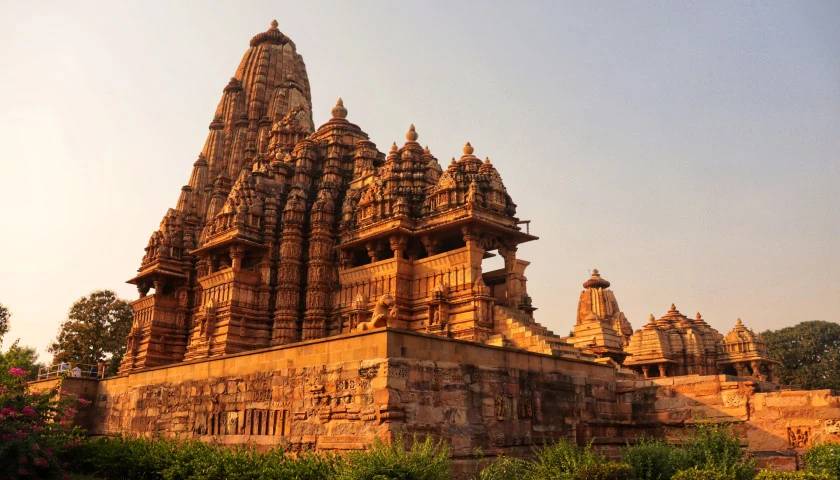
The Khajuraho Group of Monuments is famous for its stunning temples adorned with intricate erotic sculptures. These temples, built between 950 and 1050 AD by the Chandela dynasty, reflect the pinnacle of Indian architectural and artistic excellence. The Western Group of Temples, including the Kandariya Mahadeva Temple, is particularly renowned for its elaborate carvings that depict various aspects of life, mythology, and spirituality, making Khajuraho a significant cultural and historical site.
7. Kaziranga National Park, Assam

Kaziranga National Park, a UNESCO World Heritage Site, is celebrated for its exceptional natural beauty and biodiversity. Located in the northeastern state of Assam, Kaziranga is home to the world's largest population of the endangered one-horned rhinoceros. The park's diverse ecosystems, including grasslands, wetlands, and forests, support a wide variety of wildlife, including tigers, elephants, and numerous bird species. Kaziranga's successful conservation efforts have made it a model for wildlife protection.
6. Ajanta and Ellora Caves, Maharashtra
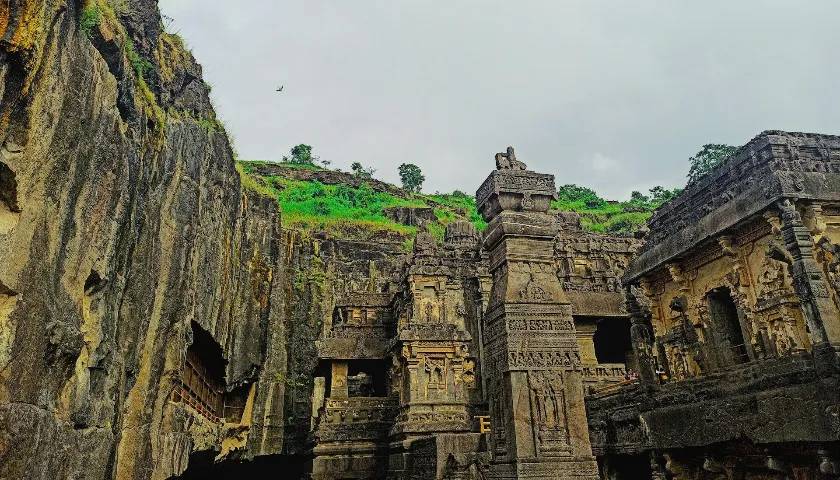
The Ajanta and Ellora Caves are masterpieces of rock-cut architecture and a testament to India's artistic heritage. The Ajanta Caves, dating back to the 2nd century BCE, are renowned for their exquisite Buddhist frescoes and sculptures. Ellora, on the other hand, features a complex of Hindu, Buddhist, and Jain temples, with the Kailasa Temple being a highlight for its sheer size and intricate carvings. These caves offer a glimpse into India's ancient civilization and its religious diversity.
5. Group of Monuments at Mahabalipuram, Tamil Nadu
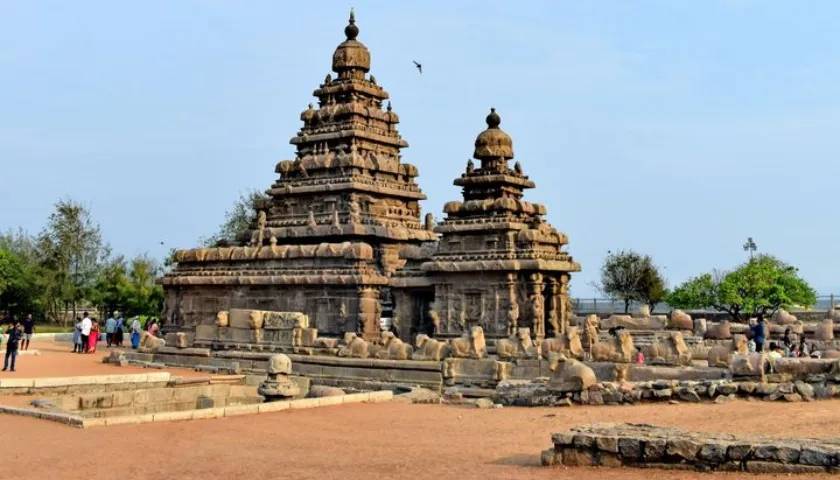
The Group of Monuments at Mahabalipuram, a UNESCO World Heritage Site, is a stunning collection of rock-cut temples, cave sanctuaries, and giant open-air reliefs dating back to the 7th and 8th centuries. These monuments, built by the Pallava dynasty, are renowned for their architectural and artistic excellence. The Shore Temple, Arjuna's Penance, and the Pancha Rathas (Five Chariots) are some of the most notable structures. The intricate carvings and sculptures depict scenes from Hindu mythology, making Mahabalipuram a significant cultural and historical site.
4. Konark Sun Temple, Odisha
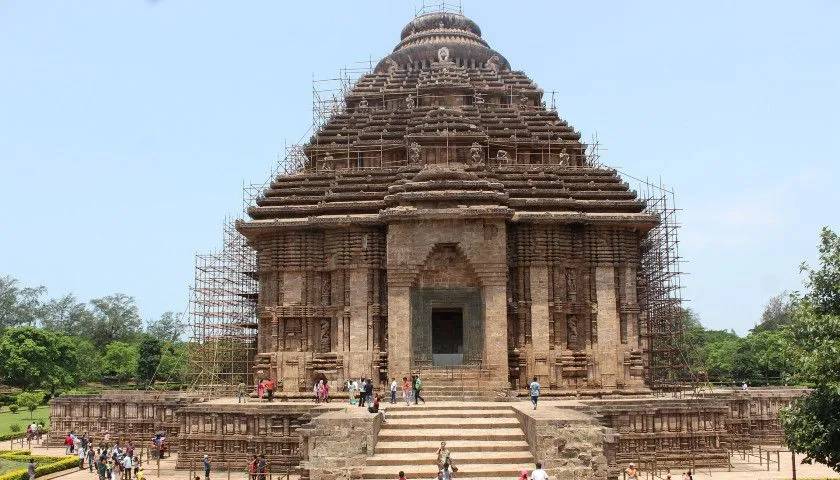
The Konark Sun Temple, also known as the Black Pagoda, is a 13th-century temple dedicated to the Sun God. This UNESCO World Heritage Site is renowned for its stunning architecture and intricate carvings. The temple is designed in the shape of a colossal chariot with 24 wheels, pulled by seven horses, symbolizing the Sun God's journey across the sky. The detailed sculptures and intricate artwork depict various aspects of life and mythology, making the Konark Sun Temple an architectural marvel and a testament to India's rich cultural heritage.
3. Taj Mahal, Uttar Pradesh
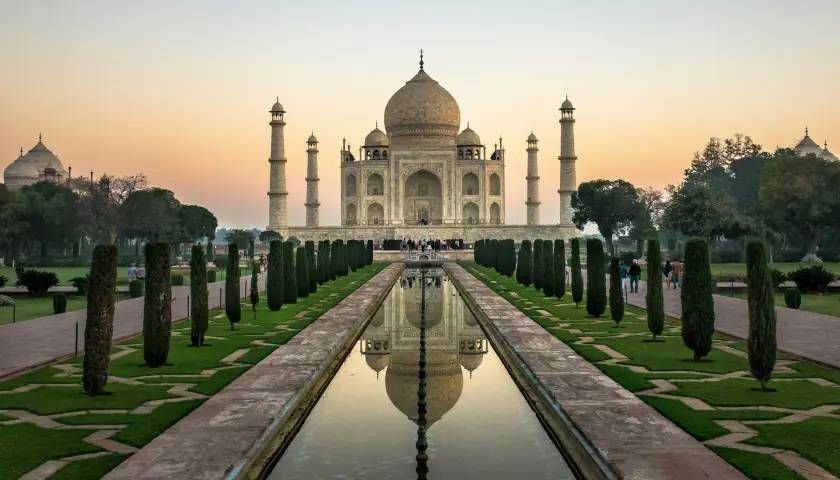
The Taj Mahal, an epitome of love and an architectural masterpiece, stands majestically on the banks of the Yamuna River in Agra. This white marble mausoleum, built by Emperor Shah Jahan in memory of his beloved wife Mumtaz Mahal, is celebrated for its symmetrical beauty, intricate inlay work, and stunning gardens. Its ethereal beauty and historical significance make it one of the most visited and photographed monuments in the world. The Taj Mahal's timeless appeal and the story of eternal love it represents secure its place in our top three.
2. Hill Forts of Rajasthan
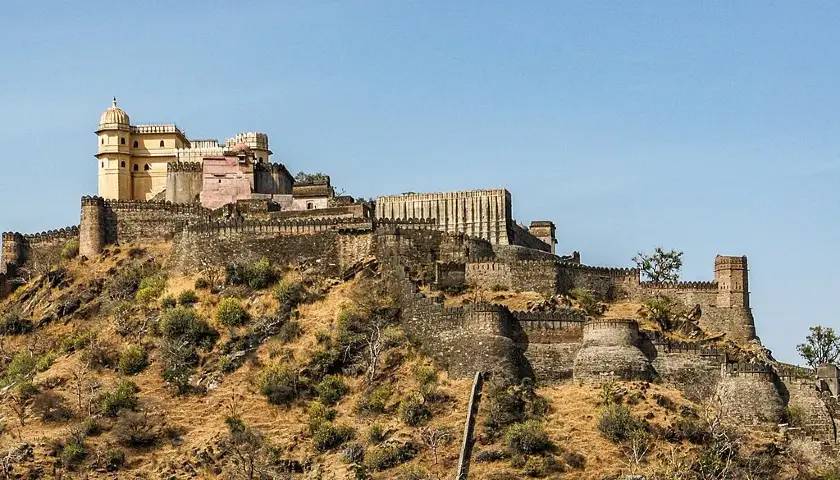
The Hill Forts of Rajasthan, a UNESCO World Heritage Site, comprise six majestic forts: Chittorgarh, Kumbhalgarh, Ranthambore, Gagron, Amber, and Jaisalmer. These forts represent the pinnacle of Rajput military architecture and showcase a blend of defensive engineering, grand palaces, temples, and intricate carvings. Each fort has its unique story and historical significance, reflecting the valor and chivalry of the Rajput rulers. The stunning landscapes and architectural grandeur make these forts an essential part of India's heritage.
1. Great Living Chola Temples, Tamil Nadu
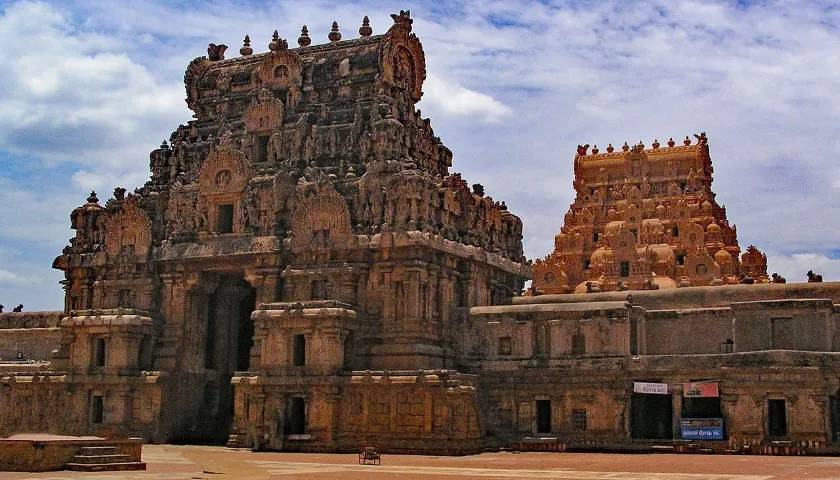
The Great Living Chola Temples, located in Tamil Nadu, top our list for their architectural brilliance and historical importance. Built by the Chola dynasty between the 10th and 12th centuries, these temples exemplify the zenith of Dravidian temple architecture. The Brihadeeswarar Temple in Thanjavur, the Gangaikonda Cholapuram Temple, and the Airavatesvara Temple in Darasuram are the primary highlights. These temples are not only magnificent in their scale and design but also house intricate sculptures and murals that depict the cultural and religious life of the Chola period. Their continued use for worship and their role in preserving Tamil culture make them a living heritage and a deserving number one on our list.
Embark on a journey through these UNESCO World Heritage Sites and discover the incredible stories and heritage of India. Whether you're a history buff, an architecture enthusiast, or a nature lover, these sites offer a unique glimpse into the country's diverse and rich legacy.










